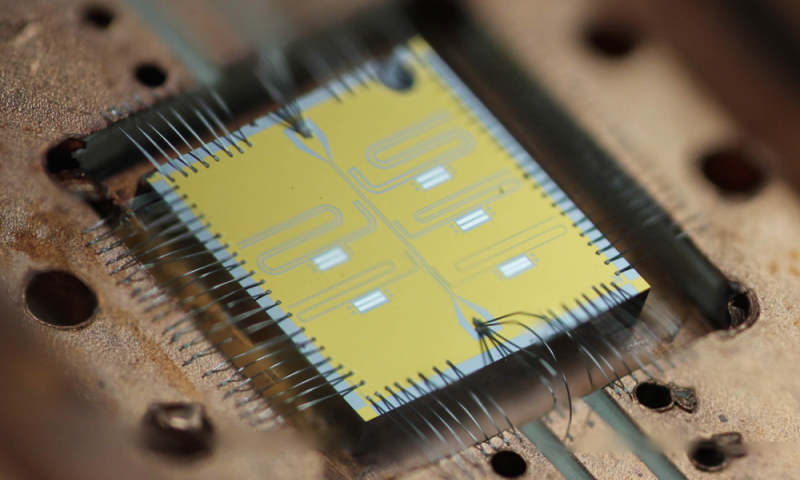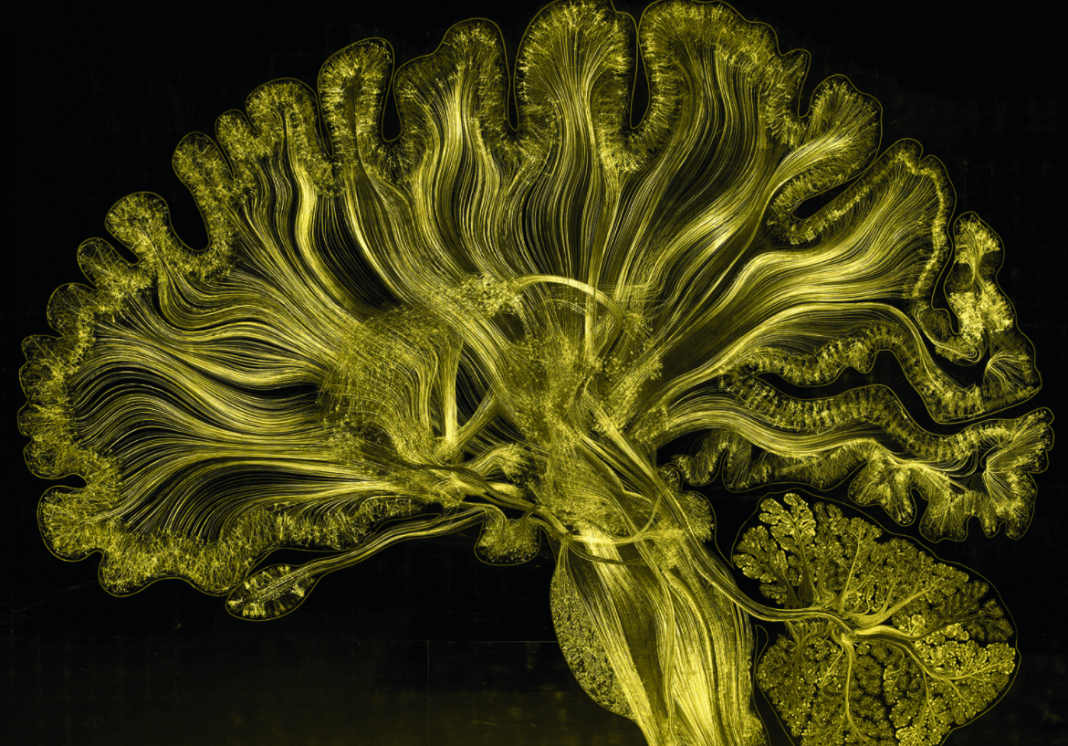Recently, two postgraduate students at the Swiss Federal Institute of Technology (ETH Zurich) have simulated a 45-qubit circuit successfully. This is a significant milestone on the road to quantum supremacy, the time period when traditional computers are being surpassed by quantum computers in terms of computational power. A 49-qubit quantum circuit is thought to be the threshold.
Previously, Damien Steiger and Thomas Haner have simulate 30, 36, and 42 qubit circuits with success while at the National Energy Research Scientific Computing Center (NERSC) located at the Lawrence Berkeley NAtional Laboratory.
Using NERSC’s latest supercomputer Cori for their simulations, the pair used 8,196 of the computer’s 9,688 Intel Xeon Phi processors. If they’d used any more nodes, they would have been in danger of a system collapse.
Simulations like this are key to the advancement of quantum computing. Scientist and developers need to test materials and configurations before investing time, money, and effort into materials and concept that will not work. Simulations allow researchers to virtually experiment without loss of funds or materials.
Steiger and Haner explain in their paper: “While large-scale quantum computers are not yet available, their performance can be inferred using quantum compilation frameworks and estimates of potential hardware specifications. However, without testing and debugging quantum programs on small scale problems, their correctness cannot be taken for granted. Simulators and emulators … are essential to address this need.”
When actual quantum computers are built, they have the potential to change not just the computer world but also the world at large. With a powered exoskeleton around one, you’d have a robot that can do the work of four people. Complex science and math problems too difficult for the computing power of today’s super computers could be finally solved. Google will use the speed of quantum computers for object identification in their driverless cars.
With this recent simulation by a pair of Ph.D. students, we are closer than ever to the future of quantum computing.
Related Links;
- Two Students Just Broke a Quantum Computing World Record
- Record-breaking 45-qubit quantum computing simulation run at NERSC
- 9 Ways Quantum Computing Will Change Everything
- Characterizing Quantum Supremacy in Near-Term Devices
More News to Read











